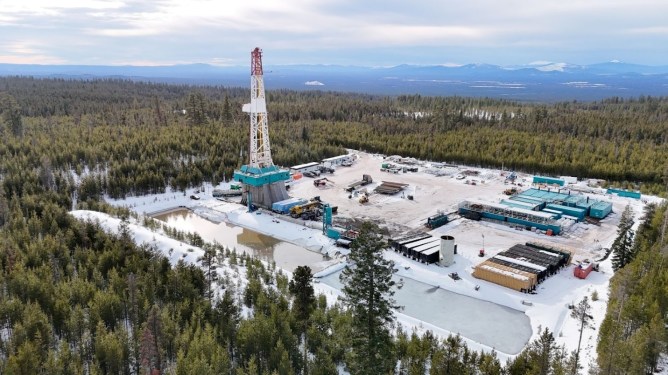As grids come under strain from growing demand from data centers and electric vehicles, geothermal startups have been racing to unlock energy deep within the Earth. Now, one startup has developed the world’s hottest geothermal well, one that harbors enough energy to power thousands of homes.
Mazama Energy announced that it drilled a well in Oregon that reached 629 degrees Fahrenheit at the bottom of the borehole. Vinod Khosla, whose firm incubated the company, mentioned the milestone on stage at a conference. He stated that this one site can produce five gigawatts of energy.
The potential at other sites could be even larger. Khosla explained that it is not tens of megawatts, as is usual with geothermal wells. He said you can do gigawatt scale, and frankly do one hundred gigawatts or more, which is more than artificial intelligence is projected to use in the near term, just from super hot geothermal.
The company hopes to eventually drill into even hotter rock, up to 750 degrees Fahrenheit, to generate at least twenty-five megawatts of electricity from a single borehole. That would be about two to three times more power per borehole than competitors are generating today.
Geothermal power has existed for decades, but most power plants tap shallow resources found near hot springs. Enhanced geothermal developers drill deeper boreholes to access greater and more consistent heat. This technology promises to make geothermal more productive and available in more places.
Because it relies on the Earth’s heat, enhanced geothermal can deliver electricity constantly. This is why some companies have signed deals to use geothermal power for data centers.
Enhanced geothermal has the potential to fulfill significant portions of energy demand in the United States. Wells drilled in the Great Basin region centered on Nevada could deliver ten percent of current national demand, according to the United States Geological Survey.
Tapping deeper rocks could unlock even more power using fewer resources. By injecting water into hotter wells, the amount of energy per borehole can increase significantly. Mazama stated it should be able to use seventy-five percent less water than current geothermal systems.
Khosla noted that at 450 degrees Celsius, you get ten times the power per well than you get at 200 degrees. He added that you also get dramatically lower cost, making it competitive with natural gas without worrying about carbon emissions.

